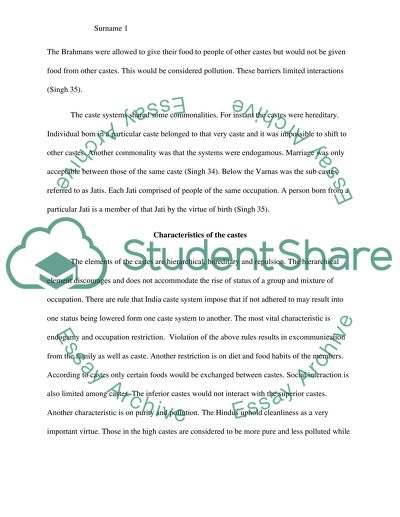Cite this document
(Caste System in India and Types of the System Case Study, n.d.)
Caste System in India and Types of the System Case Study. Retrieved from https://studentshare.org/social-science/1675135-india-caste-system
Caste System in India and Types of the System Case Study. Retrieved from https://studentshare.org/social-science/1675135-india-caste-system
(Caste System in India and Types of the System Case Study)
Caste System in India and Types of the System Case Study. https://studentshare.org/social-science/1675135-india-caste-system.
Caste System in India and Types of the System Case Study. https://studentshare.org/social-science/1675135-india-caste-system.
“Caste System in India and Types of the System Case Study”, n.d. https://studentshare.org/social-science/1675135-india-caste-system.


